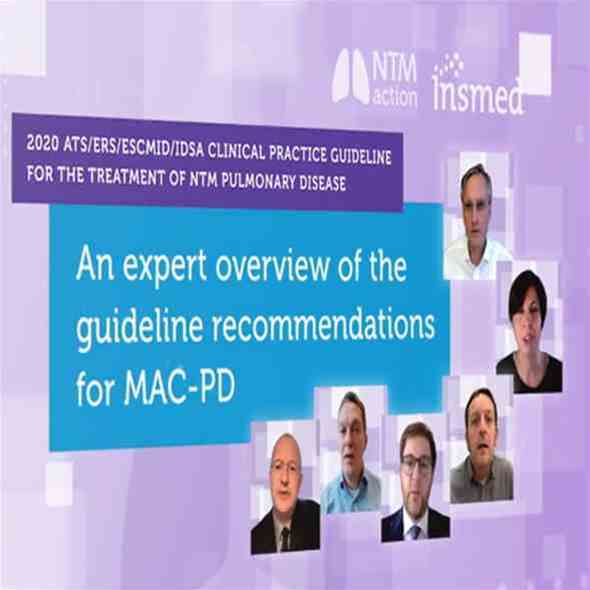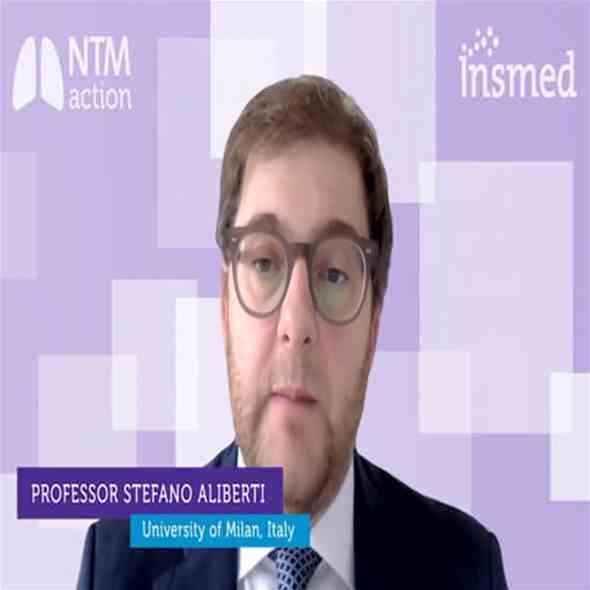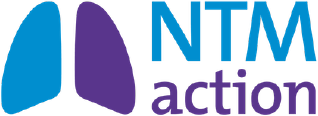Welcome to NTM Action: a website for healthcare professionals
NTMAction helps healthcare professionals discover more about the diagnosis, management and monitoring of NTM-PD using advice from eminent experts from across Europe.
Featured content

Video
NTM: Imaging Webinar recording
Duration: 59 mins
Professor Rob Wilson, Professor Michael Loebinger
Recording of Insmed webinar held on the 4th May 2023 focusing on the importance of thoracic imaging in the diagnosis and management of NTM-PD

Podcast
NTM: Initiating treatment for NTM-PD - putting the patient at the heart of the matter
Duration: 4 mins
Prof Stefano Aliberti explains how and when to initiate treatment once NTM-PD has been identified

Podcast
NTM: Risks for NTM-PD that run under the radar
Duration: 2 mins
A conversation with Prof Aliberti to understand his assessment of which patients are at risk for NTM

Podcast
NTM: Convert, Cure or Fail – the treatment journey for NTM-PD
Duration: 2 mins
Prof Stefano Aliberti explains his perspectives on the outcomes of NTM-PD treatment

Video
NTM: 2020 ATS, ERS, ESCMID, IDSA and NTM-PD Guidelines — an expert overview
Duration: 33 mins
Stefano Aliberti, Christoph Lange, Eva Polverino, Nicolas Veziris, Charles Haworth and Jakko van Ingen
Non-tuberculous mycobacterial pulmonary disease (NTM-PD) can be life threatening and is increasing in prevalence. International guidelines updated in 2020 provide management recommendations for the four most commonly occurring NTM pathogenic species.

Video
MAC: Ongoing management of MAC pulmonary disease (MAC-PD) patients
Duration: 9 mins
Once treatment is initiated, monitoring patients for a response is vital in order to plan next steps. See and hear international experts explore the key elements of ongoing treatment up to and beyond culture conversion.
Find out more about NTM-PD
Explore which patients to treat, and when a decision to treat has been made, how to do this in line with current guideline recommendations
NTM: Initiating treatment for NTM-PD - putting the patient at the heart of the matter
NTM: Risks for NTM-PD that run under the radar
NTM: Convert, Cure or Fail – the treatment journey for NTM-PD
Thank you for registering your interest
Sorry, an error has occurred:









